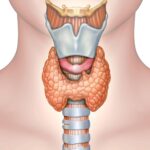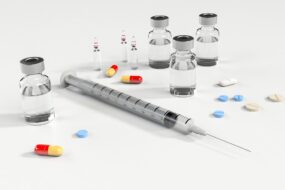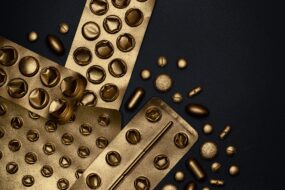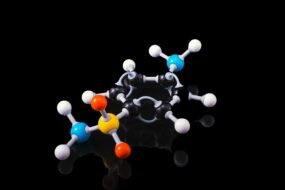Amikacin is a semisynthetic derivative of kanamycin.
It resembles kanamycin in pharmacokinetics, dose and toxicity. Its outstanding feature is its resistance to bacterial aminoglycoside inactivating enzymes. Thus, it has the widest spectrum of activity, including many organisms resistant to other aminoglycosides.
However, relatively higher doses are needed for Pseudomonas, Proteus and Staph. Infections.
Mechanism of action.
- Irreversibly binds to 30s subunit of bacterial ribosomes. This blocks recognition during protein synthesis and inhibits growth.
Adverse effects.
- Ototoxicity and nephrotoxicity
- Neuromuscular block and respiratory paralysis.
- Neurotoxicity, vertigo, nausea and vomiting.
- Skin rash, dry fever, tremor, headache and hypotension.
Precautions.
- Cautious use of other potentially ototoxic drugs like vancomycin, minocycline and furosemide.
- Cautious use in patients >60 years of age and those with kidney damage.
- Cautious use of muscle relaxants in patients receiving an aminoglycoside.
- Do not mix aminoglycoside with any drug in the same syringe/infusion bottle.
Drug interactions.
- Nephrotoxic drugs, including other aminoglycosides, cephalosporins, and vancomycin, increase the risk of toxicity of the drug when administered together.
- Caution when using other potentially ototoxic drugs like vancomycin and minocycline due to toxicity.
Dosage.
- Dose: 15 mg/kg/day in 1–3 doses; urinary tract infection 7.5 mg/kg/day.
- AMICIN, MIKACIN, MIKAJECT 100 mg, 250 mg, 500 mg .












